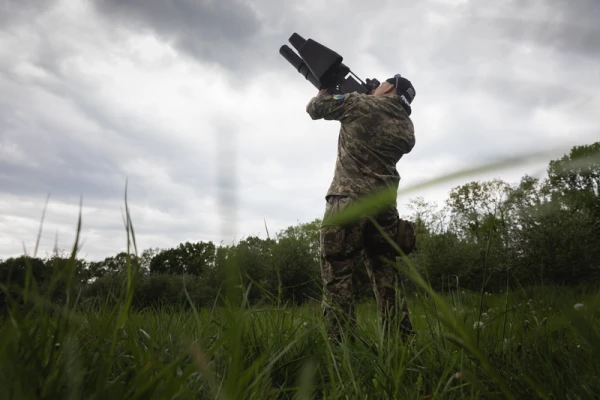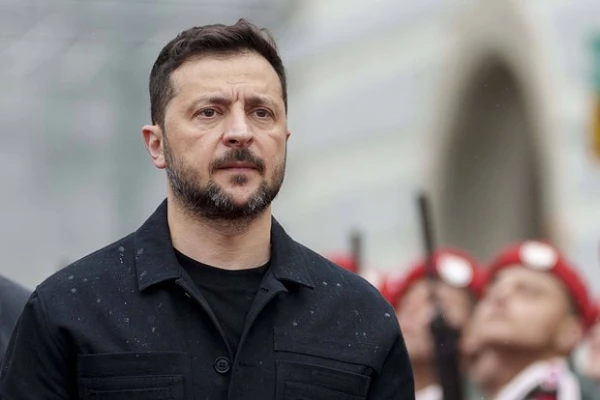
Recently, there has been an increase in the presence of drones in the skies over Europe, leading to the repeated closure of many airports. As The Times columnist Mark Galeotti writes, Vladimir Putin is trying to provoke European leaders by pointing out their potential vulnerabilities.
However, taking retaliatory actions can be quite difficult. As noted by a British Air Force interceptor pilot in a comment to Galeotti: "It is much easier to say 'shoot it down' than to do it, especially if you want to avoid debris or munitions falling on the heads of civilians below."
So far, all of Europe's retaliatory actions are essentially disjointed reactions, he writes.
"They cannot prevent further destructive or provocative incursions and demonstrate how incompetent most Western armies are in dealing with massive waves of drones and decoys that Ukraine has been enduring for years," he writes.
Is a drone wall realistic?
As a result, there has been talk in Europe about creating a "drone wall" — a multi-layered defensive belt that includes radars, acoustic and other sensors to detect approaching targets, as well as a whole range of weapons to defeat them, from long-range missiles to interceptor drones and even machine guns as a last resort near the most important potential targets.
However, Galeotti points out that there are several important issues with this idea:
"Calling it a 'wall' is misleading rhetoric, akin to Donald Trump's promise to build a missile defense shield 'Iron Dome' around the United States. While much can and should be done, it will not only take a lot of time and money, but it will also never be able to provide complete protection or become an impenetrable shield."
At the same time, one military official characterized it as "not just a political trick," but as an idea partly aimed at preventing any defeatist talk about Europe being unable to defend itself against Putin's drones.
However, coordinating any multinational project is no easy task, and there are already disagreements over timelines and costs, Galeotti notes. Latvian Prime Minister Evika Silina believes that a drone wall along NATO's eastern flank could be "feasible" within "a year to a year and a half." German Defense Minister Boris Pistorius, on the other hand, stated that it is impossible to "implement it in the next three to four years."
Europe's response to Russian drones
The incursions of Russian drones across Europe have highlighted Ukraine's growing role as a leader in drone use in the war. Countries, including Denmark and Poland, have begun joint training programs with Ukrainian instructors, seeking to adopt Kyiv's experience in countering drones.
Additionally, Sweden is developing a low-cost mini-missile that uses "kinetic force" to destroy Russian drones. It will cost only $5,000.











